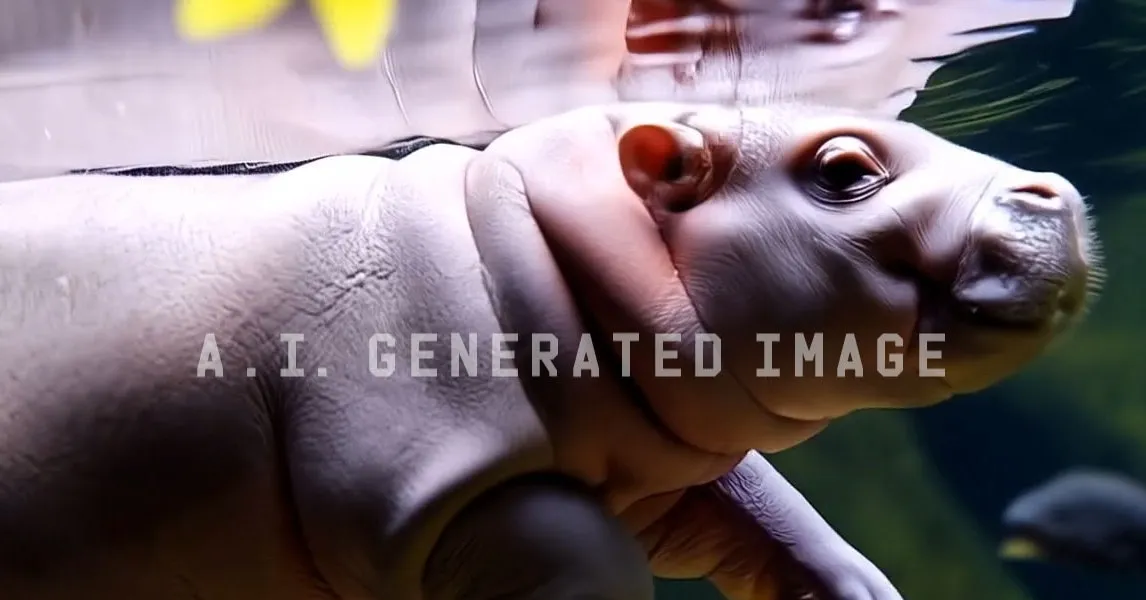Artificial Intelligence Takes Center Stage as Meta Unveils Movie Gen for Video Production

Artificial Intelligence Revolutionizes Video Generation
Meta recently launched its groundbreaking AI model, Movie Gen, designed to create lifelike video clips and accompanying audio. In a demonstration, Meta presented captivating 10-second clips, including a playful baby hippo navigating through water, underscoring the extensive potential of AI in media production. With innovative features like targeted edits to existing clips, Movie Gen allows users to modify content dynamically, making adjustments that range from simple object additions to complete scene transformations.
Capabilities of Movie Gen and Its Significance
With Movie Gen, Meta introduces a model consisting of 30 billion video parameters and 13 billion audio parameters, a technical specification highlighting its proficiency in generating high-definition content for user engagement. Notably, users may create videos up to 16 seconds long, marking it a contender in the competitive landscape of generative AI.
- Dynamic audio creation
- User interactivity through VR integration
- Content tailored for major social media platforms
Despite the excitement surrounding this release, many questions remain regarding the training data used by Movie Gen—a lingering issue that raises ethical concerns in the field of artificial intelligence. As Meta hints at future releases, the anticipation builds among tech enthusiasts eager to explore integrated AI tools within platforms like Facebook and Instagram.
Future Implications and Comparisons
The potential impact of Movie Gen emphasizes a shifting landscape as more companies like Google and OpenAI venture into video AI expansion. Watching these developments unfold will provide insight into the broader integration of AI technology in digital content creation.
This article was prepared using information from open sources in accordance with the principles of Ethical Policy. The editorial team is not responsible for absolute accuracy, as it relies on data from the sources referenced.